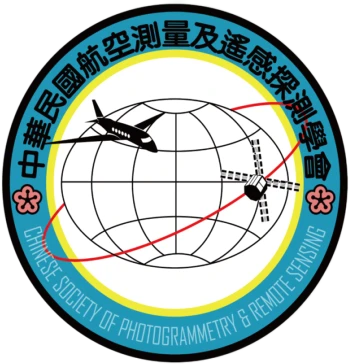Unmanned aerial vehicles (UAVs) integrating with GPS and INS provide a safe and fast method for data acquisition. The UAVs which can implement automatic pilot promote the automation of data collection. In UAV systems, the GPS antenna and the INS system are not aligned with the perspective center, so that the GPS and INS records should be revised according to the geometry of UAV systems for exterior orientation references. And the cameras equipped with UAVs are often belonging to the non-metric camera, whose interior orientation parameters can be acquired by close-range photogrammetry softwares. However, there are several different camera models used in the softwares and the interior parameters calibrated by different softwares would not be the same, so that the interior parameters of the non-metric camera should not be regard as constant in aerotriangulation. Self-calibration can not only calibrate the camera in close-range photogrammetry but also model and compensate the departures from collinearity in aerotriangulation to promote the positioning accuracy. This study uses the images acquired from a safe UAV system, a Quadrotor UAV, and compares the results by using different aerotriangulation procedures. In this paper, the optimal accuracy can be obtained by using self-calibration in bundle adjustment with all measurements been pre-corrected for radial and decentering lens distortion. And the suboptumal accuracy can be obtained by using Brown’s (1976) added parameters in bundle adjustment, better than the results of using bundle adjustment. But using Ebner’s (1976) added parameters in bundle adjustment cannot help promoting the positioning accuracy.

